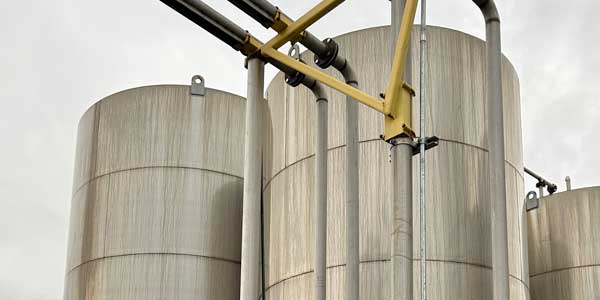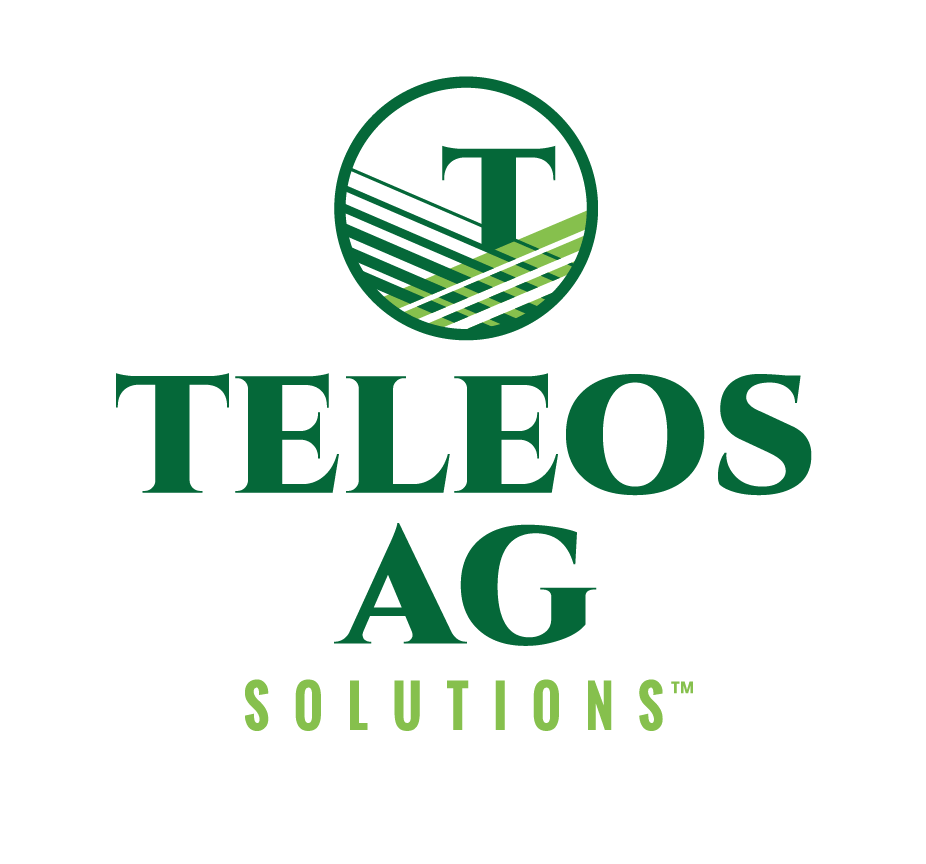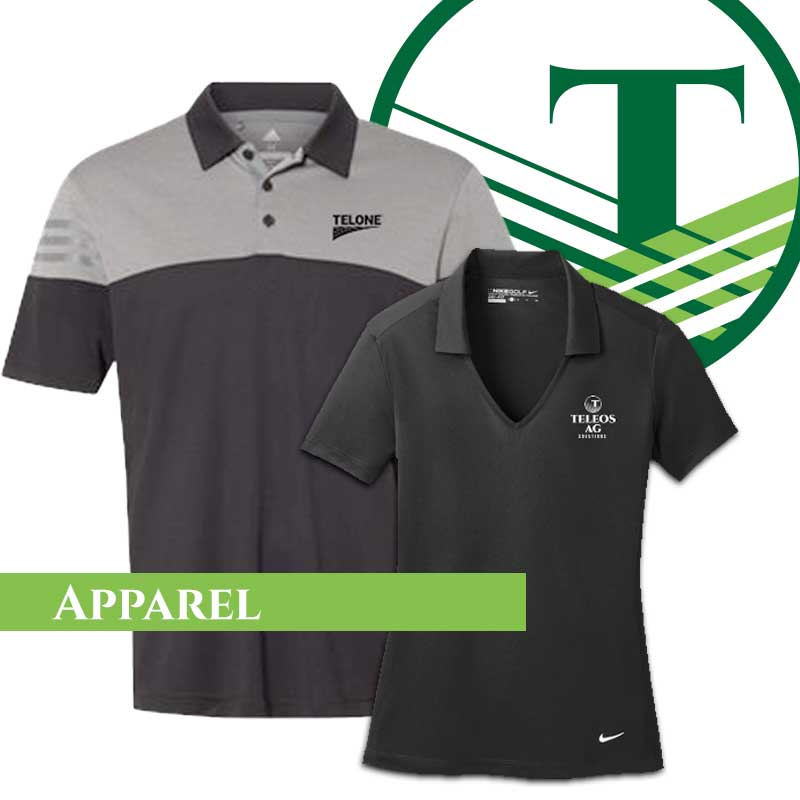Maintaining your bulk site tanks is a key part of ongoing TELONE product stewardship. In this blog, we will discuss who’s responsibility it is to monitor tank integrity, what to look out for, the different types of inspections, various definitions, and additional resources.
Download a PDF version of this Tip Sheet, here.
TANK ASSESSMENTS: IS MY BULK TANK STILL GOOD TO USE?
ONGOING RESPONSIBILITY
Bulk tanks containing TELONE™ soil fumigants are required to meet state and federal laws and regulations, as well as prudent stewardship requirements. This doesn’t just apply to when the tanks are installed; the tank owner is responsible for assuring that a tank is suitable for continued use. This means monitoring the tank to catch issues before—or quickly after—they occur.
WHO DETERMINES “SUITABLE?”
Whether a tank is suitable for continued use is up to the tank owner and the Authority Having Jurisdiction (AHJ)—usually the local or state fire marshal. The reality is that many sites may never be visited by an AHJ unless an incident occurs. Therefore, the primary burden is on the tank owner.
HOW IS “SUITABLE” DETERMINED?
There are a variety of tools for monitoring and confirming a tank is suitable for continued use. The product bulk guide, industry standards, state and federal regulations, tank inspections by internal or external inspectors and tank history are all valuable.
REQUIREMENTS VS. BEST PRACTICES
Legal requirements may be dictated by multiple regulatory bodies (e.g. OSHA, EPA, state and local regulations). Also, these bodies may incorporate standards or codes from multiple organizations. A legal requirement is obviously mandatory, but what about something that is a “best practice?” A best practice may be defined by your company, or it may be an industry consensus standard that isn’t directly adopted into a regulation. Best practices are more than just a good idea. If an incident occurs, all affected parties will ask what could have reasonably been done to avoid the incident. For example, you may determine that a full engineering tank inspection is not legally required in your instance. However, if age, history, or visible corrosion raise reasonable questions about a tank’s integrity, would it be in your company’s best interest to fully validate the tank’s condition before a possible incident?
STI SP001-03 STANDARD FOR INSPECTION
The full title of this standard is “STI SP001-03, Standard for Inspection of In-service Shop Fabricated Aboveground Tanks for Storage of Combustible and Flammable Liquids.” There are other inspection standards, but this one applies to most TELONE™ fumigant bulk tanks because they were shop fabricated. API 653 is aimed at large field erected tanks although it can be applied to shop fabricated tanks. There are several other standards depending on the type of tank.
SHOULD I HIRE AN ENGINEERING TANK INSPECTOR? HOW DO I SELECT ONE?
Consider hiring a professional tank inspection based on tank visual condition, use history, original design code, and guidance from tank inspection codes. Are there signs of corrosion, especially at weld seams? Have air dryers or nitrogen pads been consistently maintained? Did the tank sit unused for extended periods? Have vents been well maintained? Was it built and plated to a recognized code, implying higher wall thicknesses, improved weld design, or other structural advantages? Does STI SP001 apply? What inspection interval does it recommend? If you hire an outside inspector, consider if they are certified by the American Society of Non-Destructive Testing (ASNT).
WHAT CAN I EXPECT FROM AN ENGINEERING INSPECTION?
A full engineering inspection may vary, but it will typically combine technology combined with engineering calculations. Technology will assess the physical condition of the tank. Calculations will confirm that current conditions such as wall thickness are acceptable. Inspections may include a mix of approaches, including visual inspection, ultrasonic testing, weld inspections, magnetic flux exclusion, magnetic particle testing, leak testing, hardness testing, liquid penetrant testing, vacuum box leak testing, helium testing or other approaches.
WHAT IF AN INSPECTION FINDS AN ISSUE?
Inspection and repair firms can help you decide whether a tank is repairable, should be phased out, or immediately taken out of service. Ultimately, the tank owner is responsible for determining suitability for continued use.
INSPECTION TYPES
Monthly Visual: Required by EPA, and certain standards. Involves an external visual inspection, usually with a checklist and required record keeping. May be done by company personnel.
American Agronomic Stewardship Alliance (AASA): Some similarity to the monthly visual inspection, but on a 3-year rotation by the AASA non-profit. Paid for by the chemical manufacturer. www.aginspect.org
ResponsibleAg: A broad based assessment paid for by the retailer. One portion of the assessment covers the bulk facility, but the emphasis is on regulatory compliance—not tank condition. www.responsibleag.org
External Engineering Inspection: A more detailed assessment of tank condition, typically including thickness testing. Does not include internal access to the tank and can typically be done with product present.
Internal Engineering Inspection: Includes external and internal inspection. Requires tank to be empty and clean. Provides the best assurance of a tank’s integrity.
Both types of “Engineering Inspections” are typically performed by independent professionals under the supervision of a Professional Engineer and include structural calculations in addition to test observations.
DEFINITIONS
- American Petroleum Institute (API): API authors standards for original tank design and ongoing inspections. It is often focused on field fabricated tanks vs. the shop fabricated tanks more commonly used for TELONE™ fumigants.
- Standard: Technical definitions or guidelines that serves as a common language or design criteria for a product, practice or operation. The most common standards organizations affecting TELONE™ fumigant bulk installations are NFPA, UL, API, and STI.
- Code: Some groups define a standard as elaboration of how to meet a code. A code says what to do; a standard tells how to do it. A second definition says that when a standard is adopted by a governmental body or has been incorporated into a contract, the standard becomes a code.
- Specification: Codes and standards are often considered minimum requirements. Specifications are more specific or additional requirements that may be beyond a code or standard.
- Voluntary Standard: A standard established by a private-sector body and offered for use by persons or organizations, sometimes called industry or consensus standards may be recognized as a best practice, but does not carry the weight of regulation.
- Mandatory Standard: A governmental body may incorporate a standard into its regulations by reference or adoption. This makes compliance mandatory. Failure to comply may have legal repercussions.
- National Fire Protection Association: Flammable and Combustible Liquids Code #30: According to NFPA website, NFPA 30 is enforceable under building and fire prevention codes in the majority of states.
- Authority Having Jurisdiction (AHJ): The AHJ interprets and enforces legal codes or mandatory standards. Often this is a state fire marshal but may be a local building inspector. It may be a state or federal EPA person.
- Steel Tank Institute (STI): STI offers guidance on bulk storage tanks, including the SP001 standard for inspections.
- Spill Prevention, Control and Counter-measures Act (SPCC): This EPA rule applies to certain products which may present a hazard to waters of the US. While TELONE™ is not considered an “oil” subject to SPCC, the rule is often recognized for its requirements (or best practices) in bulk storage.
- Underwriters Laboratories (UL): This standards body includes authoring UL-142, a recognized tank design standard.
Disclaimer:
The resources and information provided are meant purely for educational discussion, contains only general information about legal matters, and is not to be construed as advice. Please note that any information or resources provided are not legal or regulatory advice, and should not be treated as such. You must not rely on the information provided as an alternative to legal advice from your attorney or other professional services. Teleos Ag encourages readers to consult with counsel, and their local, county, and state regulators. We make no representations or warranties, express or implied, in relation to the information provided through our resources and blog posts. It is the readers responsibility to know the laws related to 1,3- D, appropriate PPE, Licensing, etc., in his or her City, County, State, and Country.
- Stewardship Tip Sheet: Tamper-Evident Packaging Requirements - July 14, 2025
- 2025 PNW Stewardship Meetings - June 11, 2025
- AIR DRYERS: PROTECTING FUMIGANT QUALITY & EQUIPMENT - May 16, 2025


